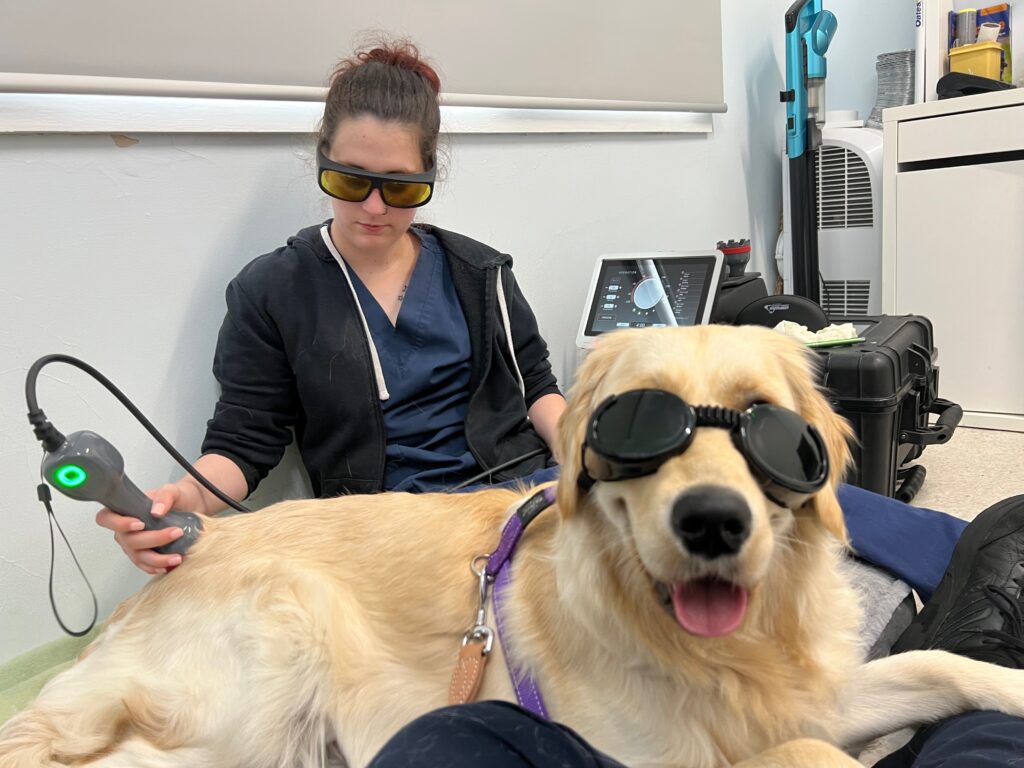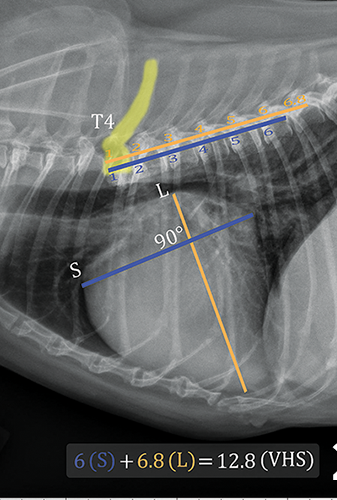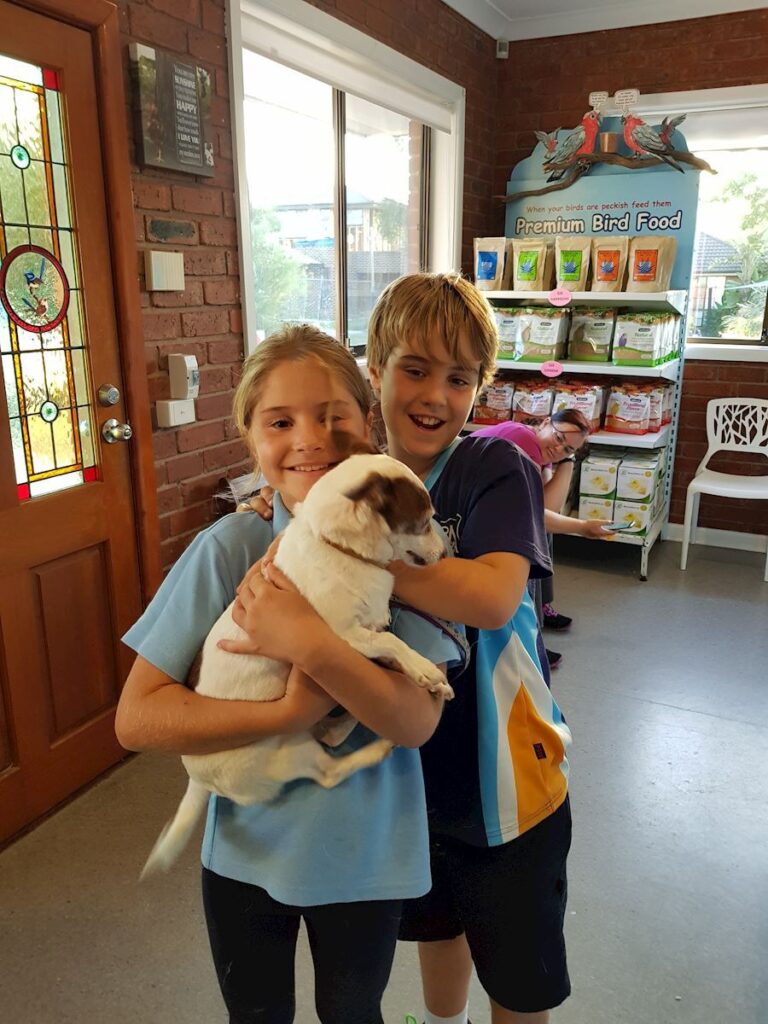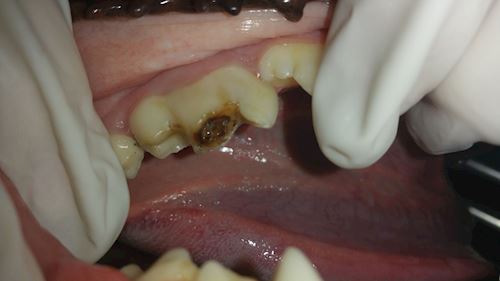Pet Medical Conditions
Veterinary Laser Therapy for Arthritis in Dogs
Relief for Arthritis in Dogs Veterinary Laser Therapy is also known as low-level vet laser therapy or Veterinary photobiomodulation therapy. It is a non-invasive veterinary arthritis treatment that uses vet laser therapy to stimulate tissue repair in arthritis.. It is used at Burwood Veterinary Hospital as part of the multi-modal management of arthritis in dogs.…
Read MoreAnimal Laser Therapy
What Is Laser Therapy for Animals? Animal Laser Therapy uses red & near-infrared light to induce therapeutic effects on the body causing improved tissue healing & regeneration, improvement of the elasticity & tensile strength of tissue, reduced pain, inflammation & swelling, and improved circulation and healing. Click Here To Book A Laser Therapy Appointment or…
Read MoreTreating Heart Disease in Dogs
Mitral Valve Disease in Dogs. Mitral Valve Disease is the deterioration of the mitral valve, which is the valve located between the left ventricle and left atrium of the heart. It is often an early indicator of heart disease. Untreated it could lead to heart failure. Mitral valve disease is more common for small dogs…
Read MoreRingworm In Cats
By Dr Phil Sacks Ringworm or Dermatophytosis is the most common infectious skin disease in cats. It is caused by a fungal agent that affects the keratin of the epidermis and the hair follicle e. A worm does not cause it. The fungi feed upon the dead cells of skin and hair causing, in people,…
Read MoreOronasal Fistula Repair – Dog Dental
Jacquie a 15 year old Jack Russel had an oronasal fistula after an infected canine tooth was extracted. Oronanasal Fistula is an abnormal connection between the mouth – “oro” and the Nose -“nasal”. So food could end up on the nose. This is a common complication after extraction of canine teeth with marked periodontal disease…
Read MoreMolar Extraction In A Dog
Molar 1 extraction in a dog. The First molar in the bottom or mandibular molar 1 – is the largest tooth in the jaw bone of a dog. In a staffie the tooth is massive and needs a 1 hour surgical extraction by the canine dentist. Above: Note how large the tooth is – and…
Read MoreMast Cell Tumours In Dogs
By Dr Phil Sacks I have treated 100’s of Mast cell tumours in dogs in private veterinary practice as they are one of the most common tumors in dogs and in my experience extremely common especially in Staffies, Pit bulls, Boxers. Mast cells are tissue cells that live for about 40 days , and they come…
Read MoreMast Cell Tumours – Mastocytoma in Dogs
I have treated 100’s of Mast cell tumours in dogs in private veterinary practice as they are one of the most common tumors in dogs and in my experience extremely common especailly in Staffies, Pit bulls, Boxers. Mast cells are tissue cells that live for about 40 days , and they come from the Bone marrow…
Read MoreHerpes In Cats
Herpes virus is the most important of the viruses making up the feline ‘snuffles’ complex. It causes an infection of the upper respiratory tract and eyes of both domestic and exotic cats. It is caused by feline herpes virus type 1 and does not affect people, dogs and other animals. It is extremely ‘catchy’ between…
Read MoreHeartworm
There are two broad categories of worms that may affect our pet dogs and cats, heartworm and intestinal worms. Please see our intestinal worm page for more information. HeartwormHeartworm, or Dirofilaria immitis, is a parasite that is spread by mosquitoes, so you pet does not even need to be in contact with other pets to…
Read More




